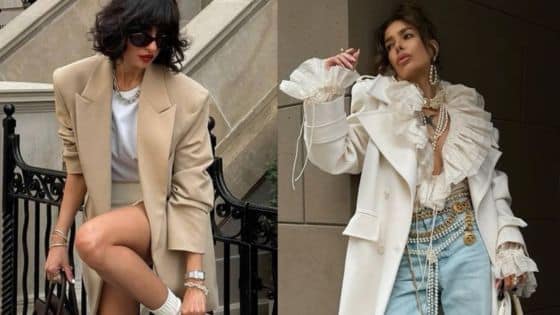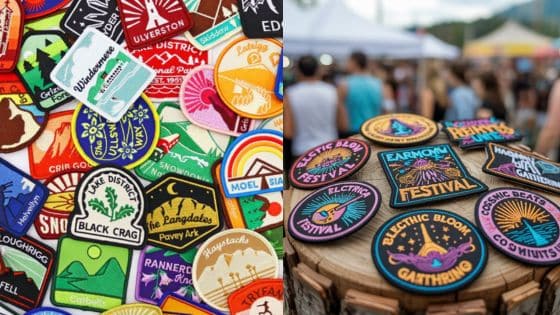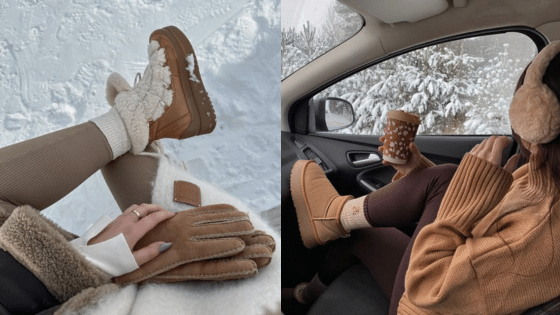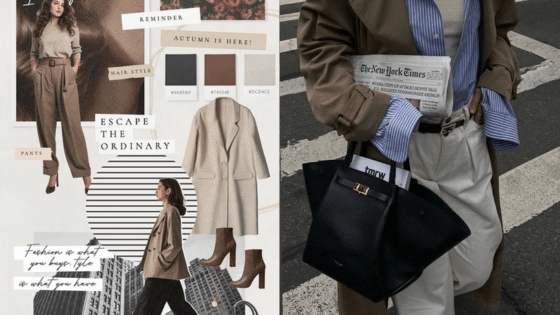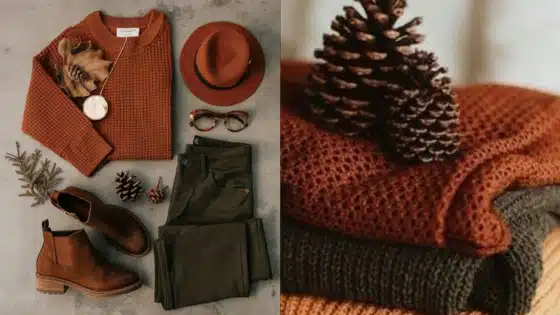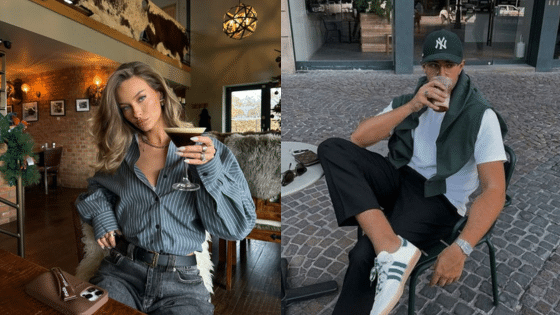Choosing the right outfit for a photoshoot can make a big difference in how the pictures turn out. The key is to pick clothes that make you feel comfortable and confident while keeping your look simple and timeless. This helps the focus stay on you, not just your clothes.
Colors, fit, and style all play a part in creating great photos. Coordinating outfits with the location and season can also help make the images look natural and balanced. Avoiding busy patterns and bright colors can keep the images clean and classic.
Whether it’s a family portrait, headshot, or casual session, wearing clothes that fit well and match your personal style is important. Small details like accessories can add interest without overwhelming the photo.
Choosing the Perfect Outfits for a Photosession
Picking the right outfits helps photos look natural and feel comfortable. It’s important to think about the setting, the mood, and how colors and patterns work together. These details make a big difference in how the pictures turn out.
Understanding the Theme
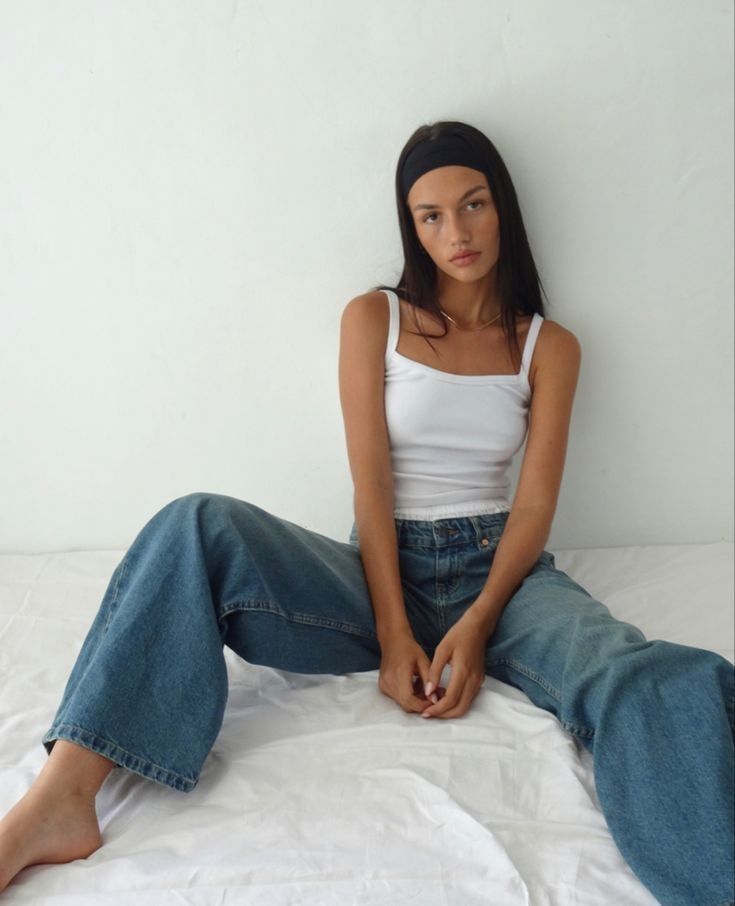
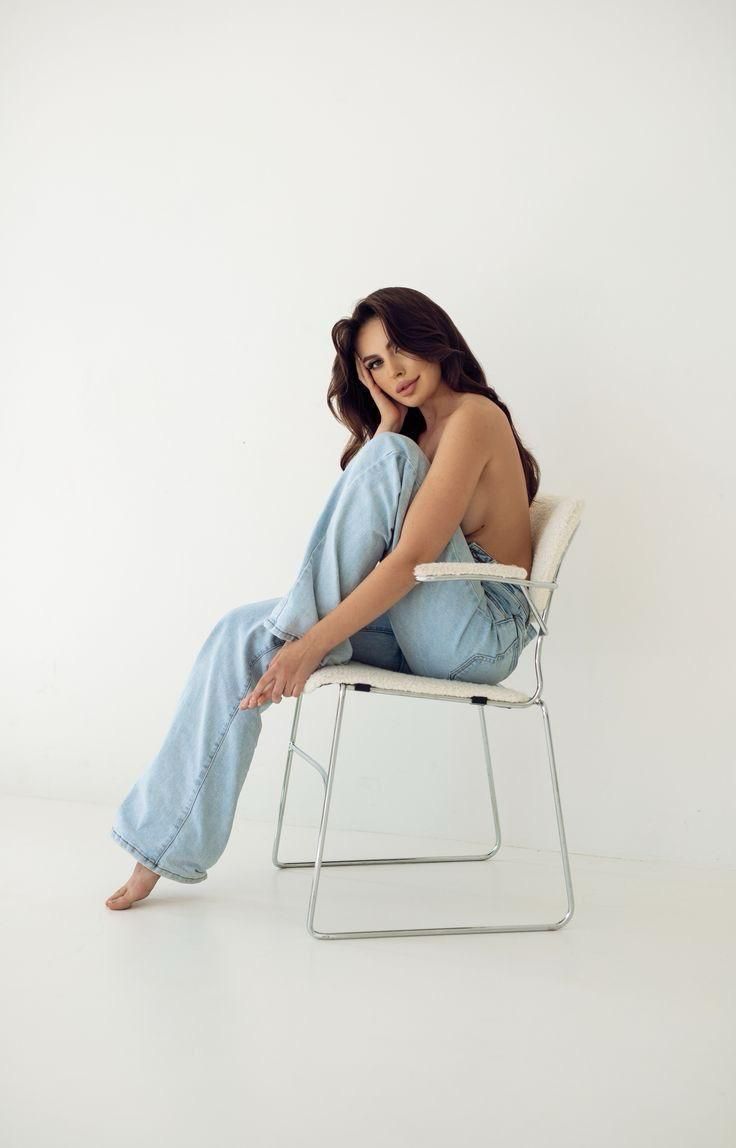
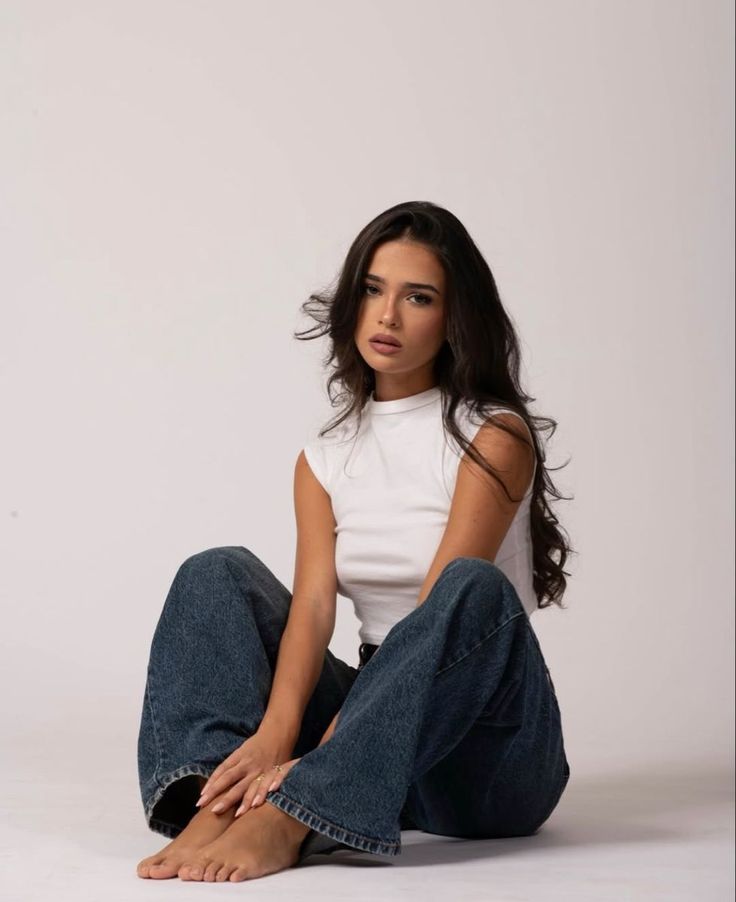
The theme sets the mood for the photosession. If it’s casual, outfits like jeans and simple tops work well. For formal sessions, dresses or suits are better choices. It’s also helpful to match the style to the purpose of the photos, like professional headshots or family portraits.
Choosing clothes that fit the theme makes the images look more focused and meaningful. It also helps the person feel confident, which shows up in the pictures. Simple accessories can add to the look without being distracting.
Selecting Outfits by Location
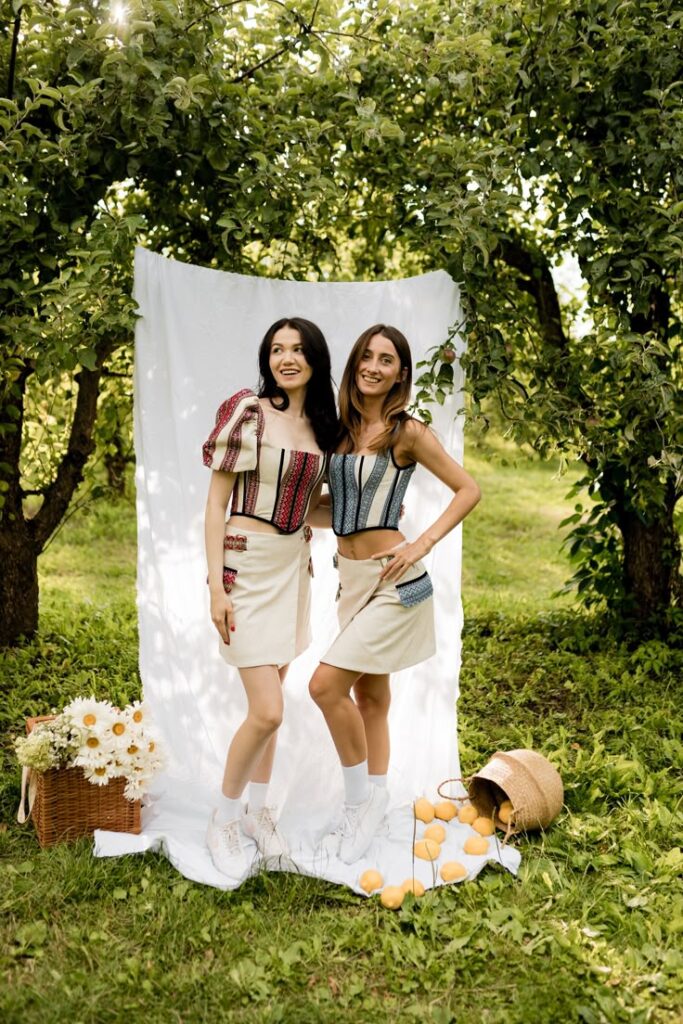
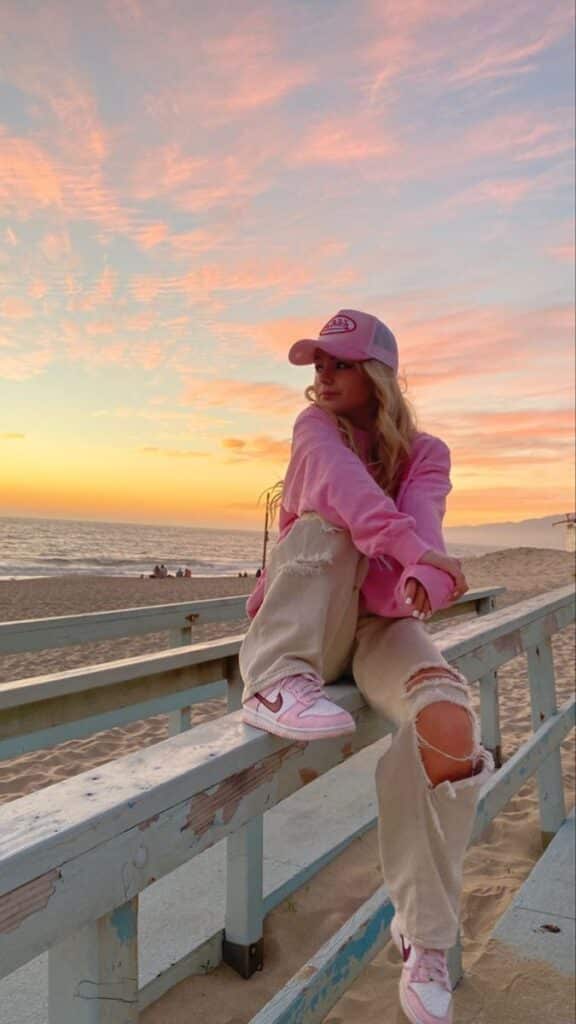
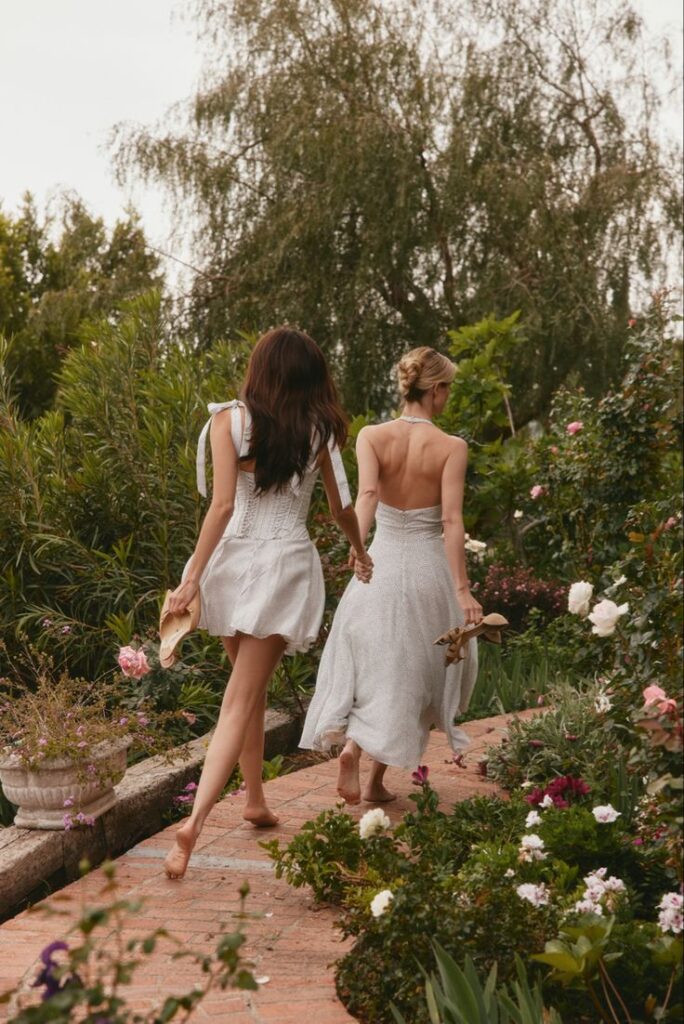
The location affects outfit choices a lot. Outdoor shoots in parks or near water call for colors that blend or contrast softly with nature, like pastels or earth tones. Indoor sessions might allow for brighter colors and different textures since the background is controlled.
Weather is a factor, too. Warm weather means lighter fabrics, while cooler temperatures call for layers. Heavier textures like sweaters or jackets can look good in fall or winter settings and keep the person comfortable.
Coordinating Colors and Patterns
Colors and patterns should work together, but not compete. Neutral or solid colors often look best since they don’t distract from faces. If wearing patterns, it’s best to keep them small and simple.
For group photos, coordinating rather than matching outfits creates balance. A color palette of two or three shades prevents clashing. It’s smart to avoid large logos or busy prints because they can take focus away from the subjects.
Seasonal Outfit Ideas
Choosing clothes that fit the weather and setting helps photos look natural and comfortable. Colors, fabrics, and layers make a big difference in how someone feels and appears on camera. Each season offers options to highlight personality while staying appropriate for the climate.
Spring and Summer Looks
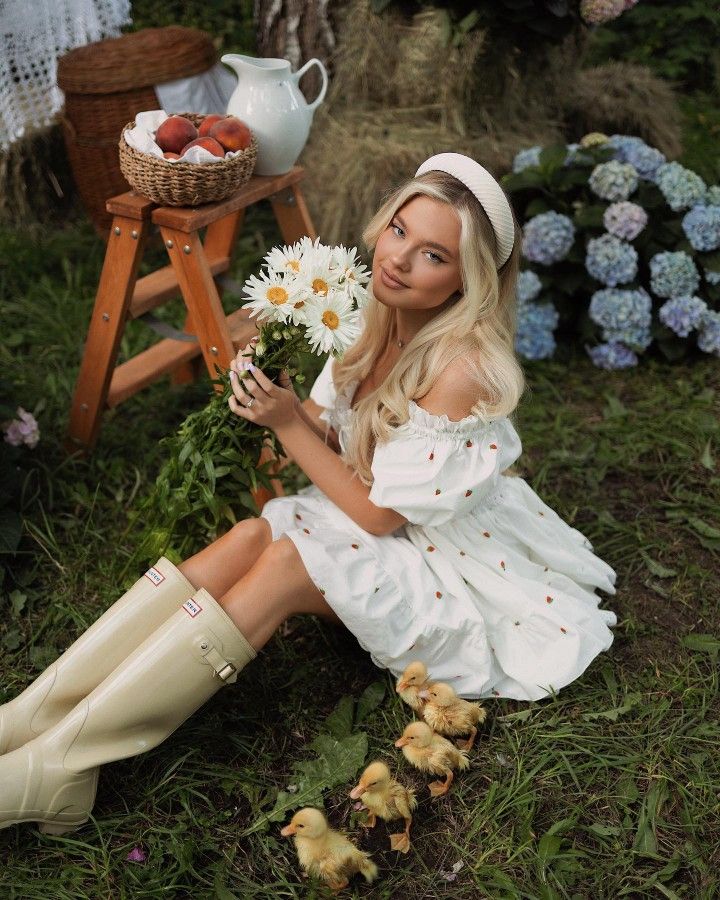
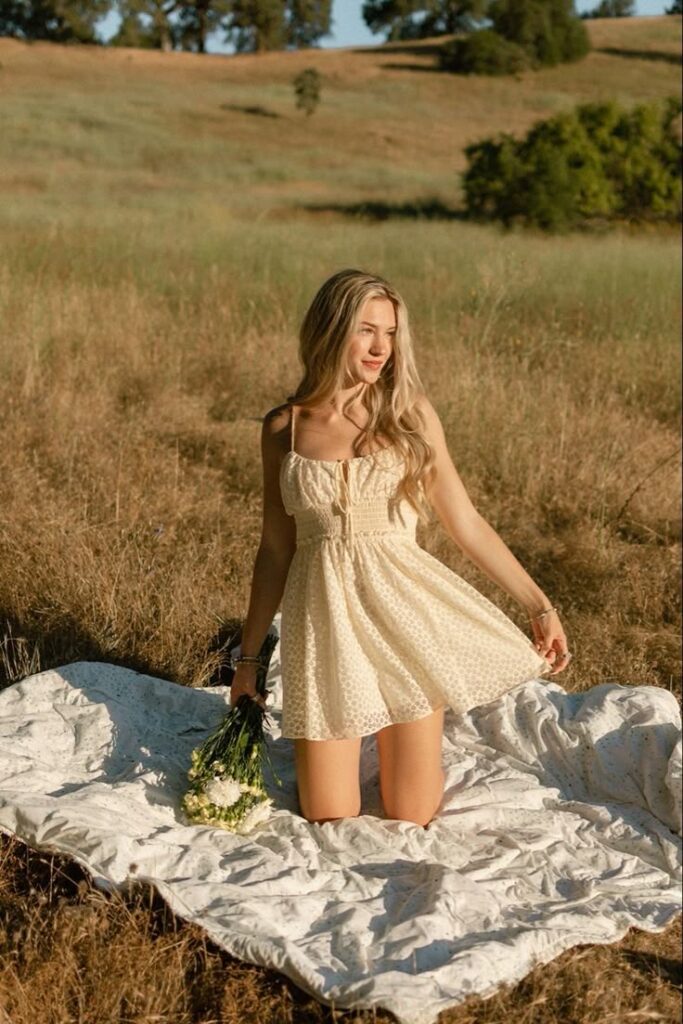

Lightweight fabrics like cotton and linen work best in warmer weather. Soft pastels and bright colors add freshness and energy to photos. Dresses, short sleeves, and casual pants let skin breathe and keep comfort high.
Accessories such as sun hats, simple jewelry, and light scarves add interest without clutter. Avoid heavy patterns or colors that can clash or distract. Sandals or clean sneakers finish relaxed outfits well.
For group shots, coordinating colors among people creates harmony. Neutral tones mixed with one or two brighter shades look balanced without being too matchy. Comfort and style should guide outfit choices during these seasons.
Fall and Winter Ensembles

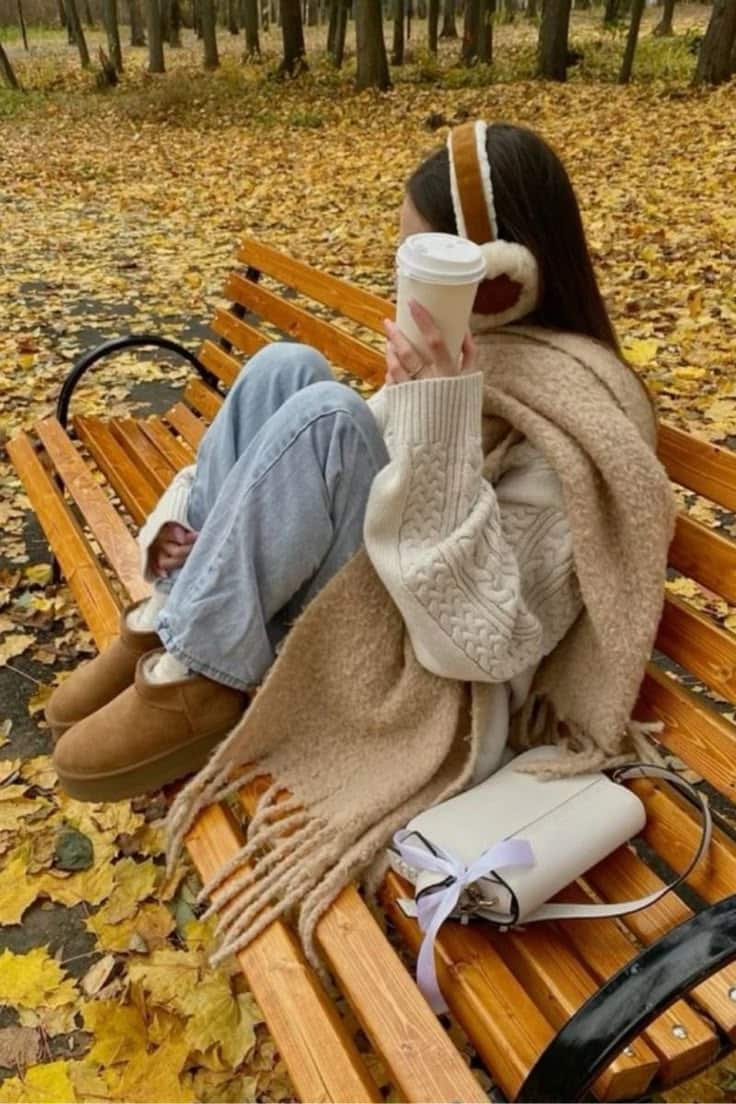
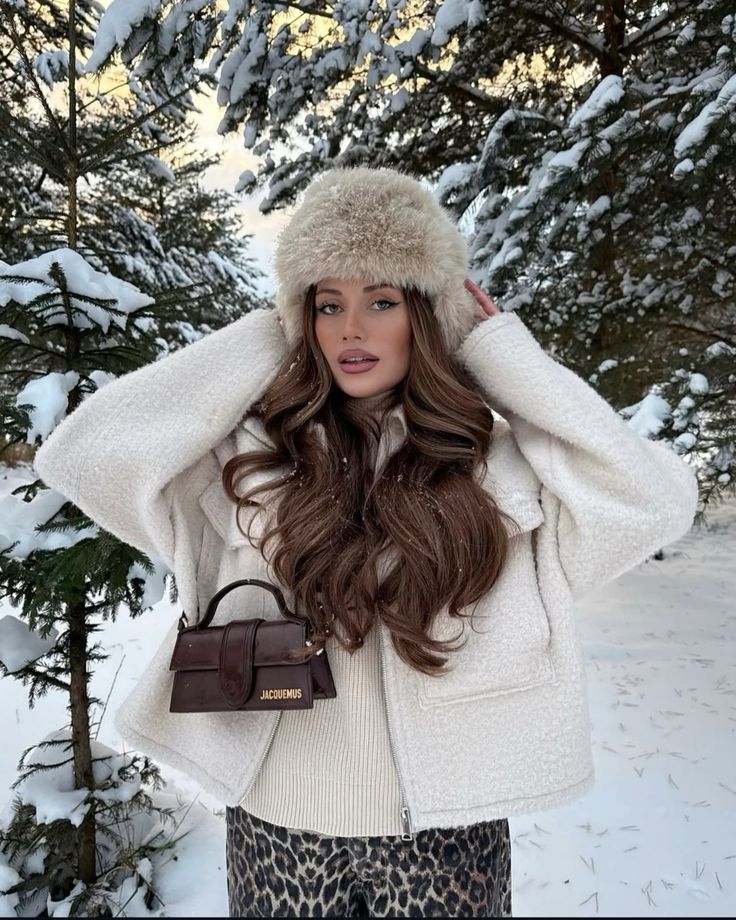
In cooler months, layering is key. Sweaters, cardigans, and jackets provide warmth and texture. Earth tones like burnt orange, deep reds, browns, and olive green fit well with the season’s vibe.
Thicker fabrics such as wool, flannel, and knitwear photograph nicely and add cozy appeal. Boots or closed shoes protect feet while matching the outfit’s look. Hats, scarves, and gloves can be both functional and stylish.
Darker and richer colors create a timeless feel. Avoid overly bulky layers that hide the body’s shape. Instead, pick slim, warm pieces that look neat and keep the model comfortable outdoors.
All-Season Styling Tips
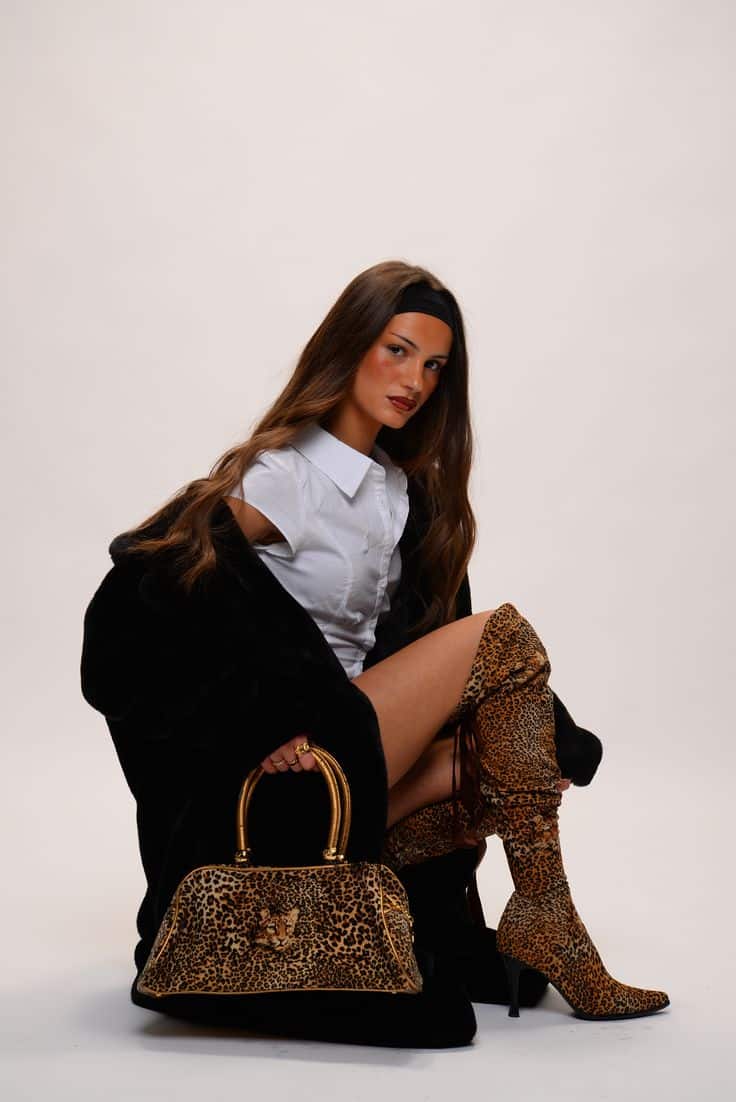
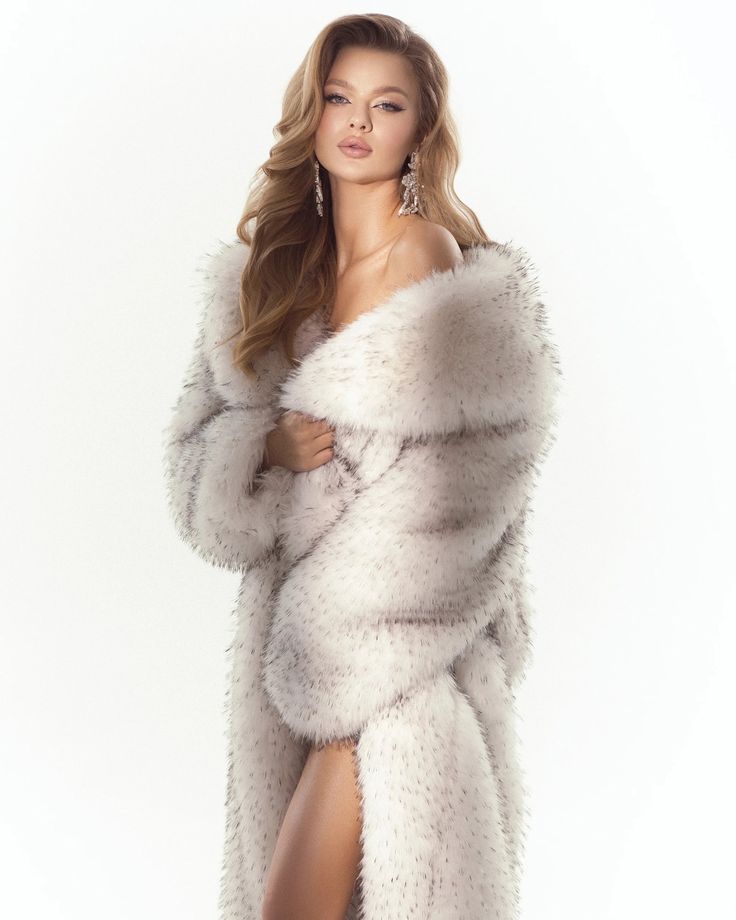

Fit is crucial. Clothes that are neither too tight nor too loose help people look confident. Clean lines without excessive wrinkles or bunching make photos sharper.
Simple, solid colors often work better than busy patterns. Patterns can distract or look dated. When using prints, keep them subtle and balanced with solid colors.
Coordinate but don’t match exactly in group shots. Using a color palette with two to three complementary shades helps create a cohesive look.
Accessories should enhance the outfit, not overwhelm it. Jewelry, belts, and hats should be chosen carefully to support the overall style.
In all seasons, prioritizing comfort ensures natural expressions and relaxed poses in photos.
Styling Tips for Different Photo Sessions
Choosing the right outfit depends on the type of photo session. It’s important to balance comfort, style, and coordination with others or the background. Layering, color matching, and simplicity often work well across various settings.
Family Photoshoot Outfits
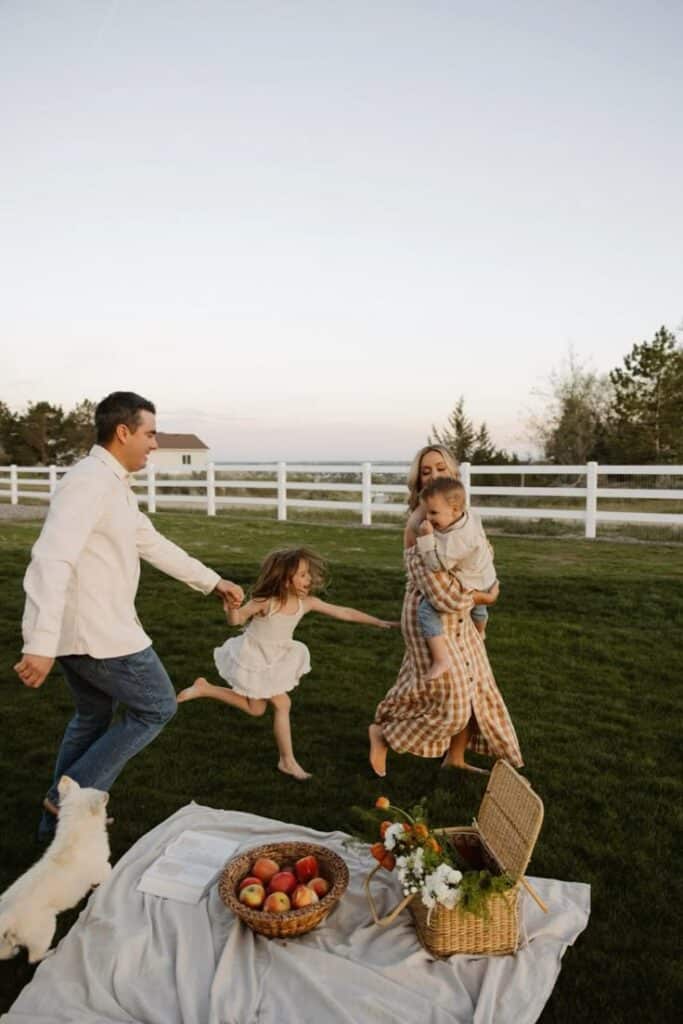
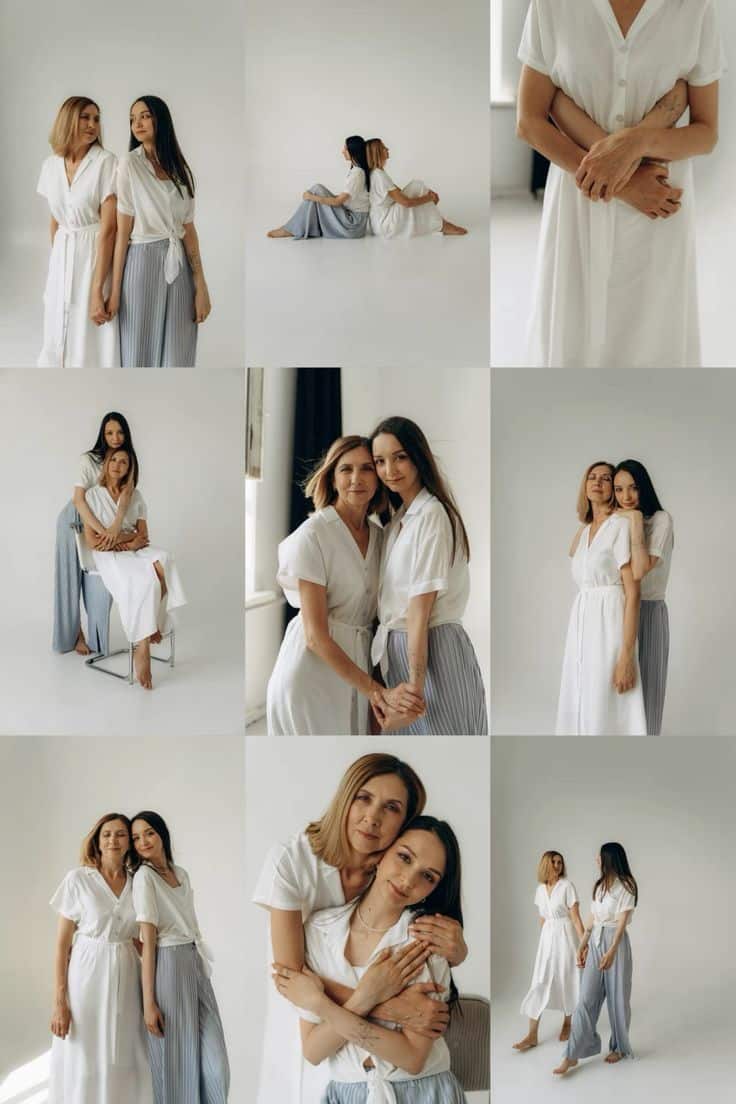
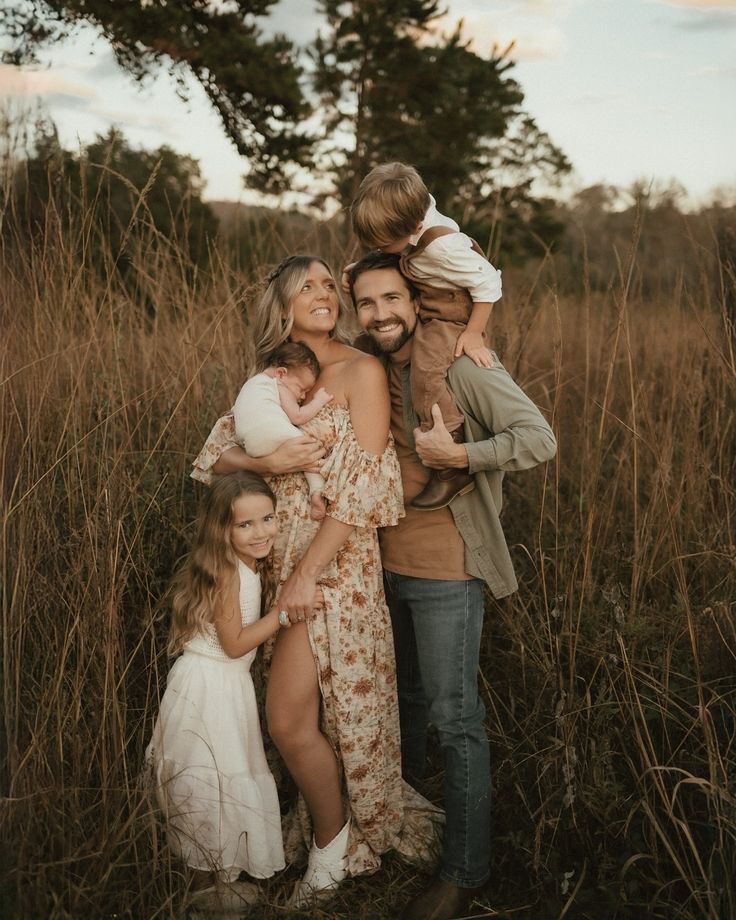
For family photos, coordinating colors without matching exactly is key. Neutral tones mixed with one or two accent colors work well.
Avoid busy patterns that distract or clash. Instead, pick solid colors or subtle patterns. Layers like cardigans, scarves, or light jackets add visual interest and help with temperature changes.
Everyone should wear comfortable clothes they can move in, especially if kids are involved. Make sure shoes are clean and appropriate for the location, inside or outdoors. Bringing a backup outfit can save the day if needed.
Couple and Engagement Looks
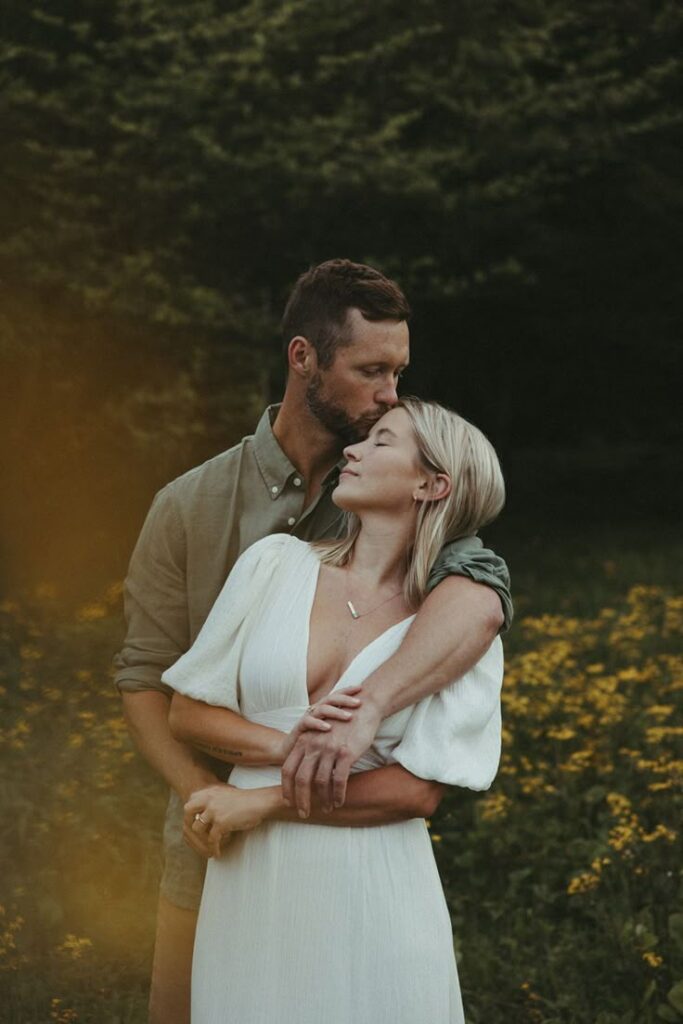

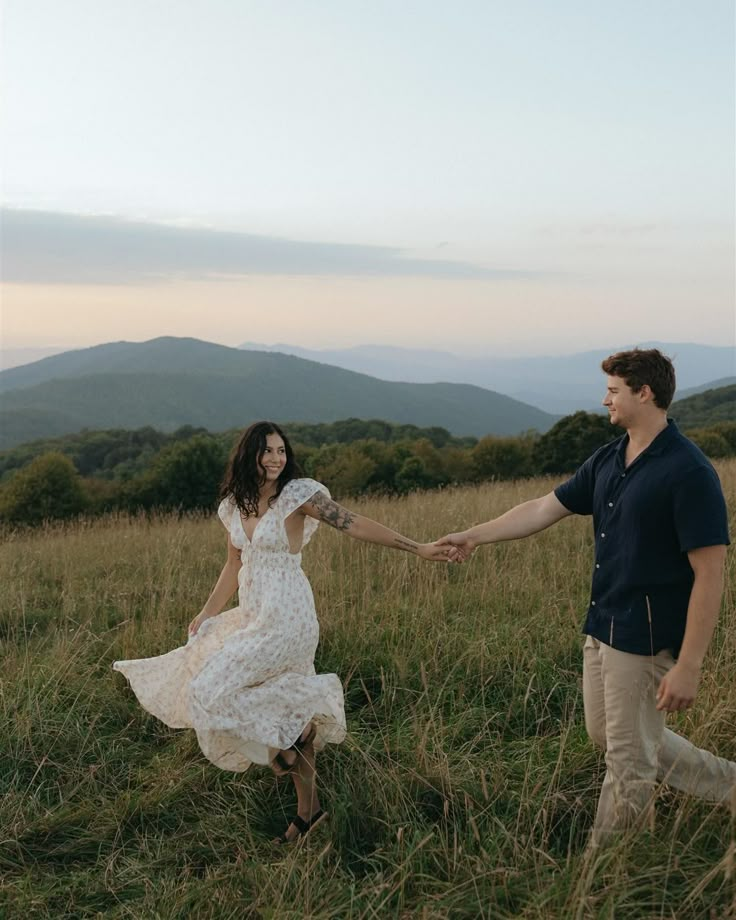
Couples should aim for outfits that reflect their personalities and feel natural. Coordinating colors without matching head-to-toe keeps photos timeless.
Soft, neutral colors often look best in outdoor settings, while more polished outfits suit urban or indoor locations. Avoid large logos or trendy pieces that might date the photos.
Layering outfits can add dimension, like a jacket over a shirt or a shawl. Accessories such as simple jewelry or a watch can enhance the look but keep it subtle.
Solo Portrait Recommendations



For solo portraits, choose outfits that flatter your body shape and skin tone. Solid colors usually photograph better than busy prints.
Textures like knits or denim add depth without overpowering the subject. Avoid overly bright colors that can reflect on the face or cause distractions.
Comfort is important to help maintain natural poses. Simple accessories, such as a necklace or hat, can provide points of interest. Bring layers to switch up looks easily during the shoot.
Children’s Wardrobe Advice

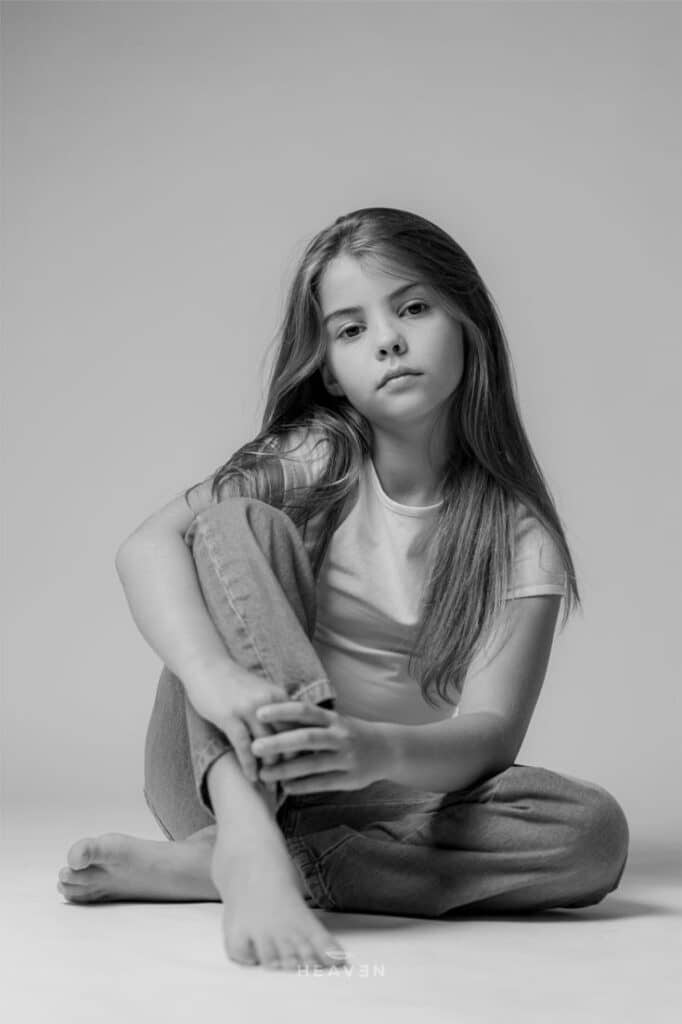
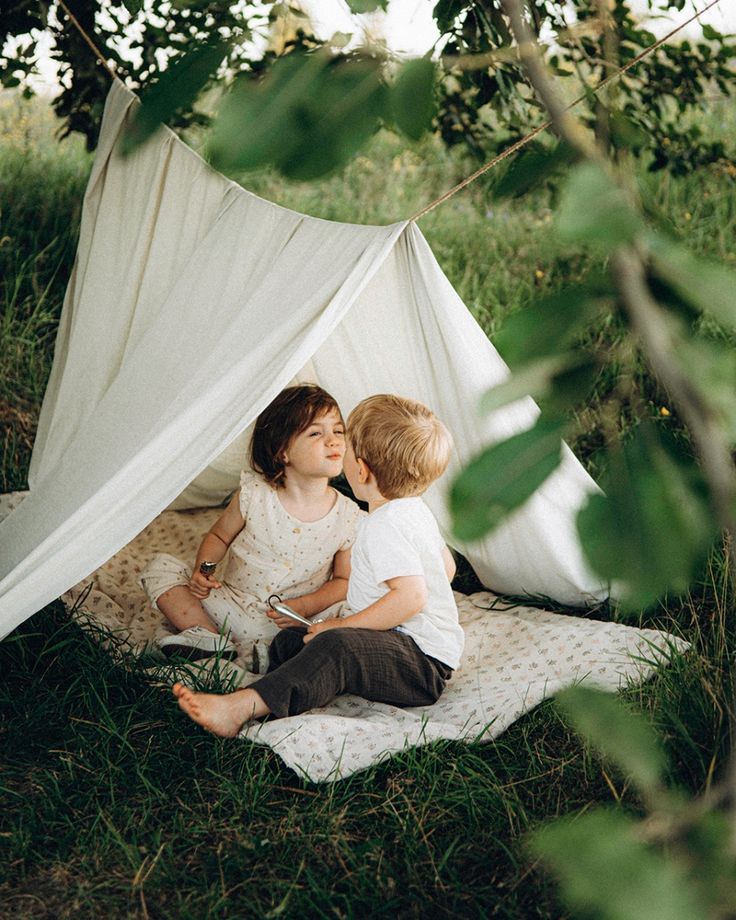
Comfort is the top priority for kids’ photo outfits. Clothes should allow them to move and play without fuss.
Choose soft, breathable fabrics in colors that complement the setting. Too many bright colors or large patterns can detract from natural expressions.
Include layers to adjust for weather or quick changes. Shoes should be practical but neat. Keep accessories minimal to avoid distractions.
If possible, bring an extra outfit to keep kids fresh and happy throughout the session.
Accessorizing and Final Touches
Small details can make a big difference in photos. Thoughtful choices in jewelry, shoes, and layering pieces help create a polished, balanced look. Picking items that match the outfit’s style and color adds depth without stealing focus.
Jewelry and Watches

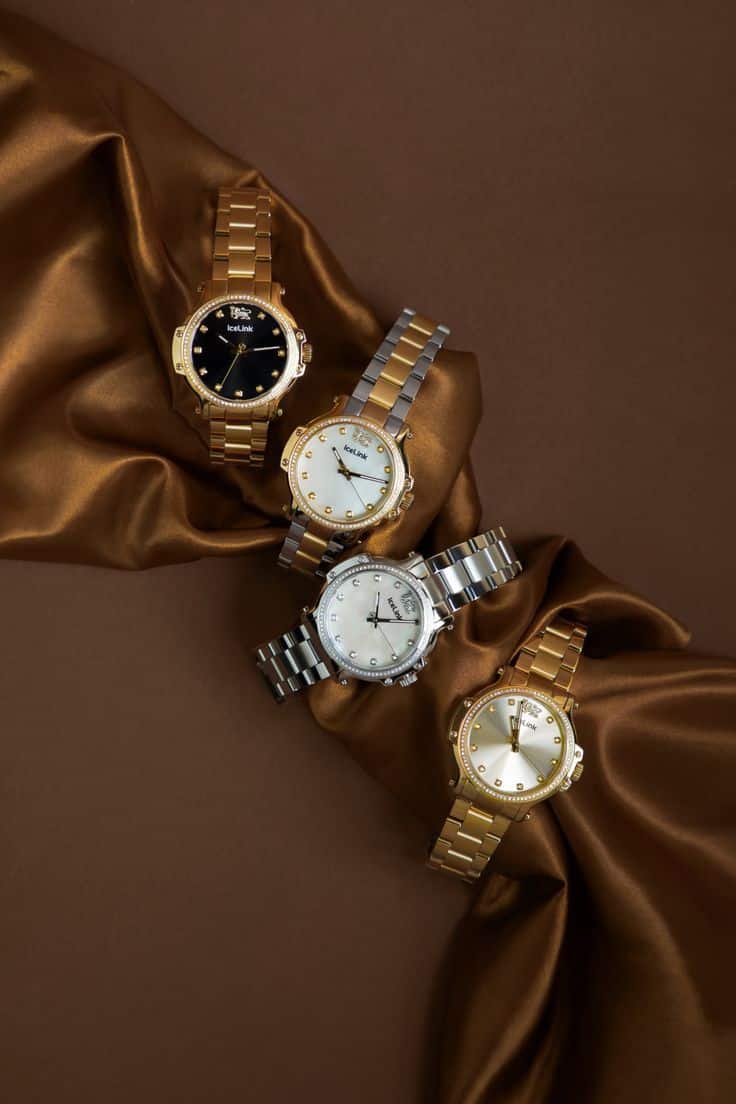
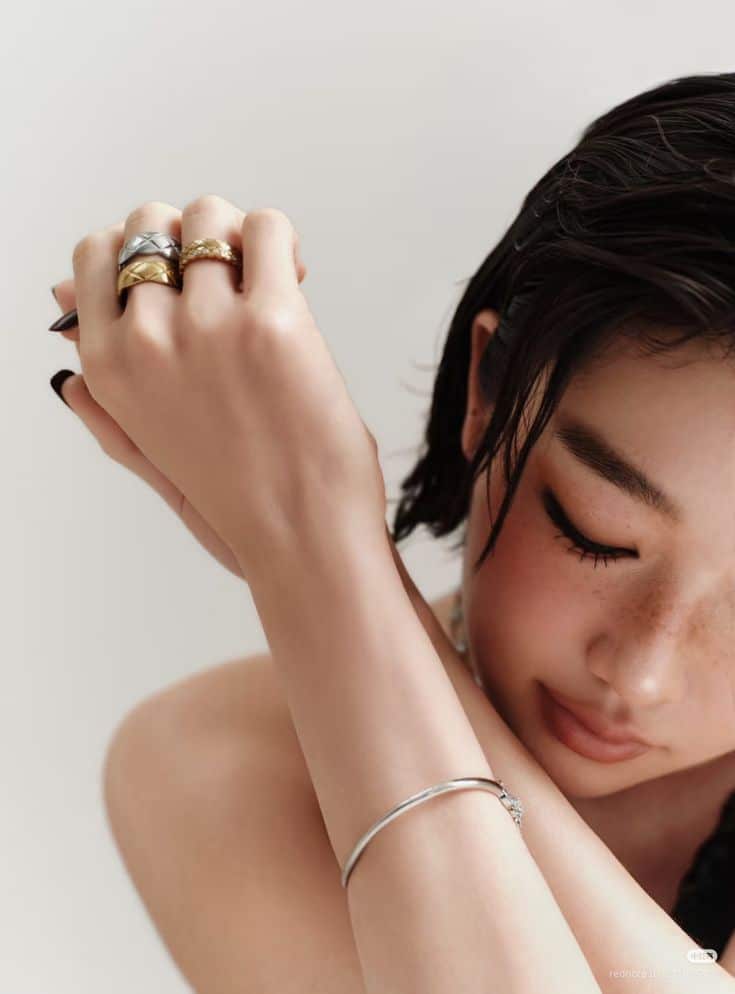
Choosing the right jewelry for a photoshoot means keeping it simple but meaningful. Too much sparkle can distract from the face, so delicate pieces like small earrings or a thin necklace work best. Watches can add a stylish touch but should match the outfit’s tone.
Gold and silver are classic choices that go with most colors. If wearing bright clothes, neutrals or muted metals help balance the look. Avoid oversized or noisy jewelry that might catch unwanted attention or create reflections in photos.
Shoes and Footwear Choices
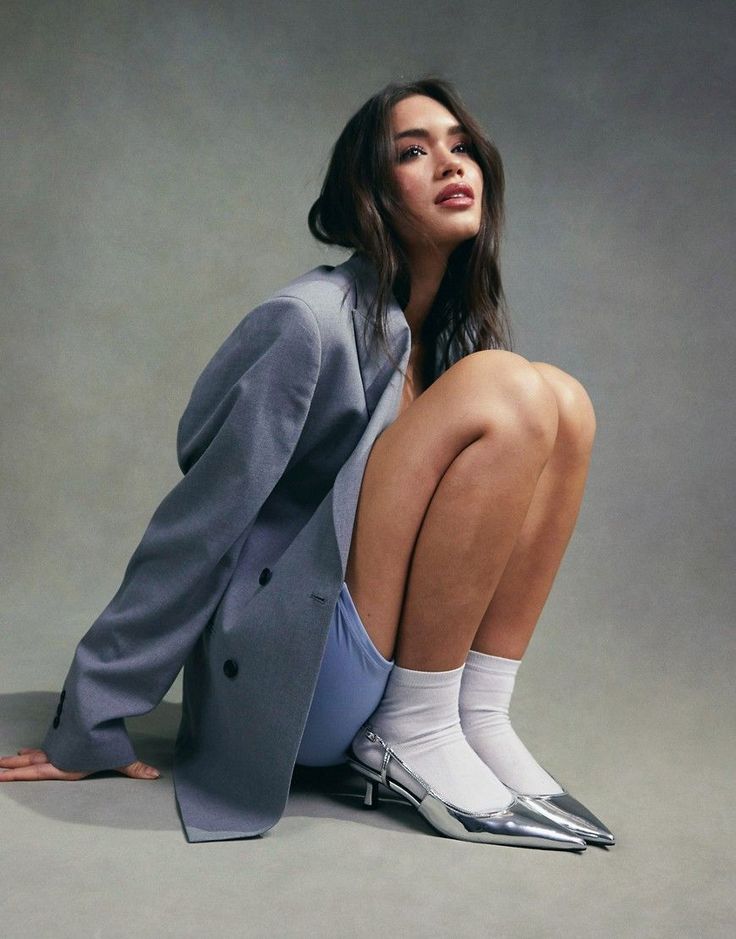
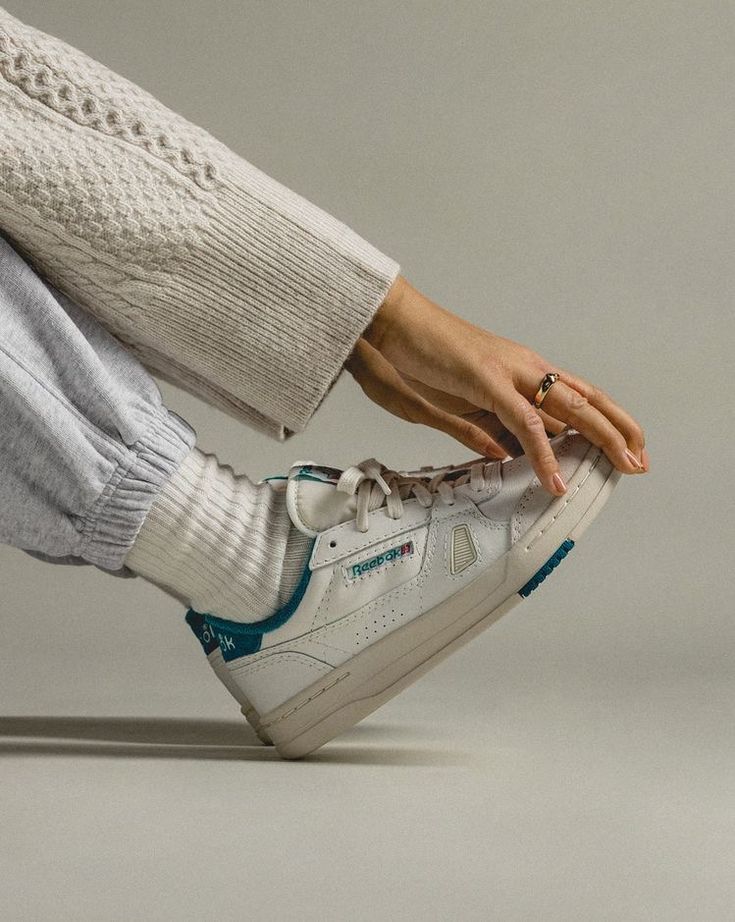
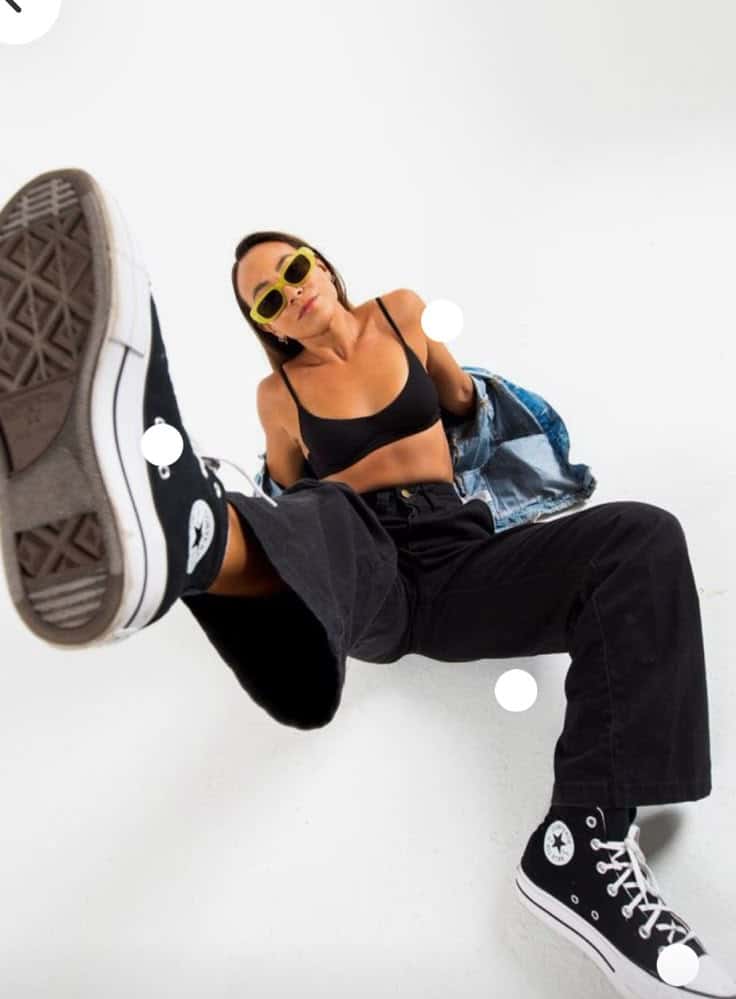
Shoes show up more often in photos than people expect. Clean, well-maintained shoes are a must. For outdoor shoots, pick shoes that match the setting, like boots for a rustic background or casual sneakers for a city vibe.
Color coordination matters here, too. Neutral shades like tan, black, or white usually pair well with varied outfits. Avoid flashy or very bright shoes unless it fits the overall theme. Comfort matters, especially if the shoot lasts a long time.
Layering with Jackets and Scarves
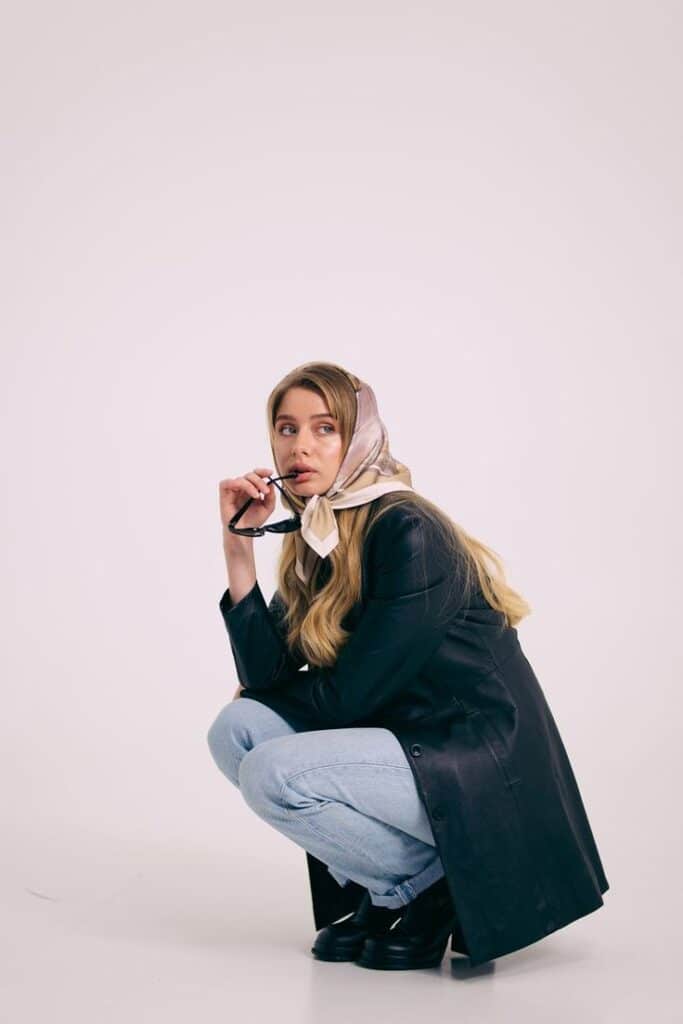
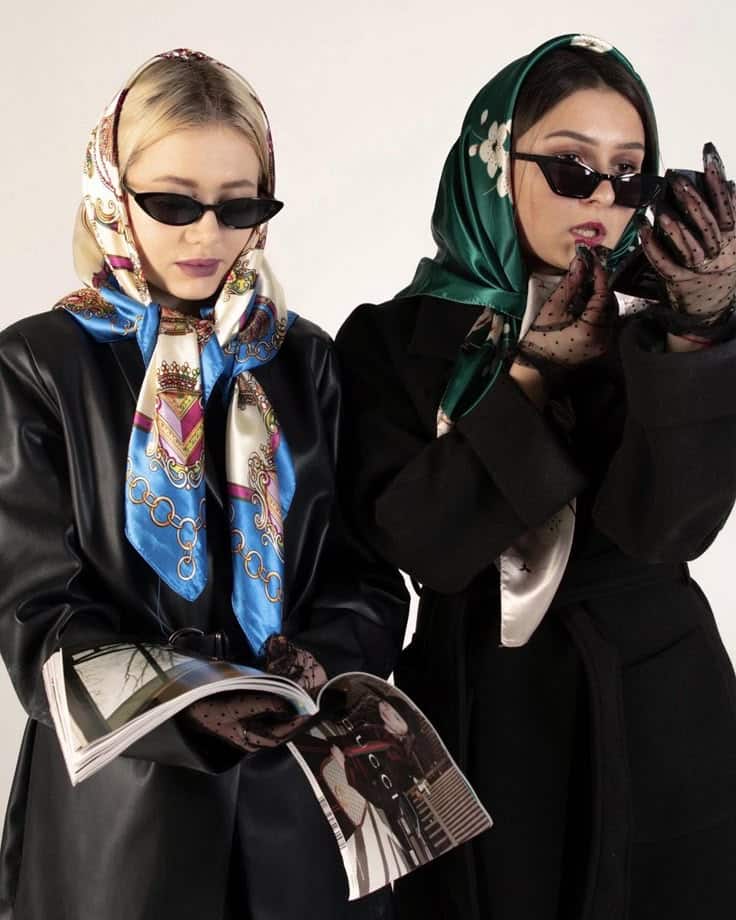
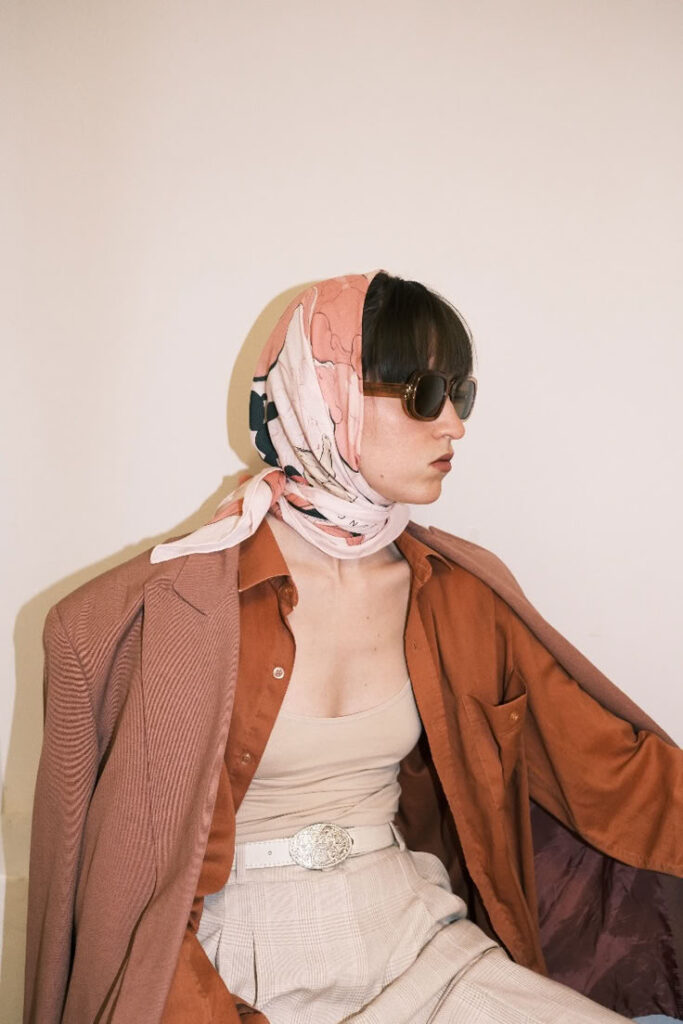
Layering adds texture and interest but should not overwhelm the outfit. Light jackets, cardigans, or scarves can frame the face and add warmth or color.
Choose layers that fit well and complement the main outfit’s color palette. Soft fabrics like cotton or wool photograph nicely and avoid glare. Scarves can bring in contrast or match key colors to keep the look cohesive without cluttering the image.
Mistakes to Avoid When Selecting Photosession Outfits
Choosing the right outfit matters for a great photo. Some common pitfalls can distract from the picture or make the group look less coordinated. Paying attention to how colors and patterns work together helps keep the focus on the people, not the clothes.
Clashing Colors
Wearing colors that clash can make photos look messy and distracting. Bright colors can compete with each other instead of working together. Avoid pairing colors that are too close in brightness but different in tone, like bright red with bright orange.
A good approach is to choose a main color and then pick two or three complementary colors that go well with it. Using neutral colors like beige, gray, or navy can help balance brighter colors.
If more than one person is in the photo, coordinating colors without everyone matching exactly creates a polished look. For example:
| Base Color | Complementary Colors |
|---|---|
| Navy Blue | Soft Pink, White, Light Gray |
| Olive Green | Cream, Brown, Mustard Yellow |
This helps the group look connected without clashing.
Overly Busy Patterns
Busy patterns can draw too much attention and confuse the eye. Small or complex prints like tiny florals, intricate plaids, or loud stripes can cause unwanted visual noise in photos.
Solid colors or very simple patterns work best. If someone wants to wear patterns, it’s safer to choose one person to wear a pattern while others wear solids that pick up colors from it.
Texture can also add interest without overpowering the photo. Items like knit sweaters or soft fabrics bring depth without being distracting. Avoid large logos or text on clothes, as they pull focus away from faces.
- 2shares
- Facebook0
- Pinterest0
- Twitter2
- Reddit0








